this desk fan is 85 years old and still running strong. how would YOU design an electronics gadget to last 100 years? what components would you use? what potential failures would you expect?
bonus: how would you make it last 200 years? how about 500 years?
bonus: how would you make it last 200 years? how about 500 years?
thanks for all the responses. i noticed some interesting patterns:
 https://abs.twimg.com/emoji/v2/... draggable="false" alt="✅" title="Fettes weißes Häkchen" aria-label="Emoji: Fettes weißes Häkchen">assume humans are around the whole time, so make it easy to repair. *lots* of subtlety to unpack on this one.
https://abs.twimg.com/emoji/v2/... draggable="false" alt="✅" title="Fettes weißes Häkchen" aria-label="Emoji: Fettes weißes Häkchen">assume humans are around the whole time, so make it easy to repair. *lots* of subtlety to unpack on this one.
 https://abs.twimg.com/emoji/v2/... draggable="false" alt="✅" title="Fettes weißes Häkchen" aria-label="Emoji: Fettes weißes Häkchen">material choice is critical
https://abs.twimg.com/emoji/v2/... draggable="false" alt="✅" title="Fettes weißes Häkchen" aria-label="Emoji: Fettes weißes Häkchen">material choice is critical
 https://abs.twimg.com/emoji/v2/... draggable="false" alt="✅" title="Fettes weißes Häkchen" aria-label="Emoji: Fettes weißes Häkchen">keep it as simple as possible, but as complex as is needed.
https://abs.twimg.com/emoji/v2/... draggable="false" alt="✅" title="Fettes weißes Häkchen" aria-label="Emoji: Fettes weißes Häkchen">keep it as simple as possible, but as complex as is needed.
honestly i didn& #39;t think of the repair thing even though it may seem obvious. i guess i was thinking about a device that could survive 200 years in a dusty closet. but repair is very important!
repair:
 https://abs.twimg.com/emoji/v2/... draggable="false" alt="⭐️" title="Mittelgroßer Stern" aria-label="Emoji: Mittelgroßer Stern">include all original design documentation. include design intent.
https://abs.twimg.com/emoji/v2/... draggable="false" alt="⭐️" title="Mittelgroßer Stern" aria-label="Emoji: Mittelgroßer Stern">include all original design documentation. include design intent.
 https://abs.twimg.com/emoji/v2/... draggable="false" alt="⭐️" title="Mittelgroßer Stern" aria-label="Emoji: Mittelgroßer Stern">in 200 years, standard interchangeable parts could look *quite* different
https://abs.twimg.com/emoji/v2/... draggable="false" alt="⭐️" title="Mittelgroßer Stern" aria-label="Emoji: Mittelgroßer Stern">in 200 years, standard interchangeable parts could look *quite* different
 https://abs.twimg.com/emoji/v2/... draggable="false" alt="⭐️" title="Mittelgroßer Stern" aria-label="Emoji: Mittelgroßer Stern">materials and objects we think are stable/archival might change in surprising ways
https://abs.twimg.com/emoji/v2/... draggable="false" alt="⭐️" title="Mittelgroßer Stern" aria-label="Emoji: Mittelgroßer Stern">materials and objects we think are stable/archival might change in surprising ways
materials:
 https://abs.twimg.com/emoji/v2/... draggable="false" alt="⭐️" title="Mittelgroßer Stern" aria-label="Emoji: Mittelgroßer Stern">all chemicals react, but some react more slowly than others.
https://abs.twimg.com/emoji/v2/... draggable="false" alt="⭐️" title="Mittelgroßer Stern" aria-label="Emoji: Mittelgroßer Stern">all chemicals react, but some react more slowly than others.
 https://abs.twimg.com/emoji/v2/... draggable="false" alt="⭐️" title="Mittelgroßer Stern" aria-label="Emoji: Mittelgroßer Stern">avoid electrolytic capacitors and batteries, with one exception*. they are wet chemistry experiments that eventually turn everything into a pile of white powder
https://abs.twimg.com/emoji/v2/... draggable="false" alt="⭐️" title="Mittelgroßer Stern" aria-label="Emoji: Mittelgroßer Stern">avoid electrolytic capacitors and batteries, with one exception*. they are wet chemistry experiments that eventually turn everything into a pile of white powder
the one exception is a battery that is missing a reactive component. https://en.wikipedia.org/wiki/Baghdad_Battery">https://en.wikipedia.org/wiki/Bagh... (controversial, i know, but it did last 2000 years or so)
a lot of people have been asking about chips. it& #39;s mixed. if a chip is in a hermetic package with a nice thick gold plating then the limiting factor for age is actually diffusion (electromigration if it& #39;s continuously under power)
diffusion of the dopants. during manufacture, they& #39;re diffused at high temperatures, but motion doesn& #39;t cease when the temperature drops. it just happens very slowly. so thresholds will shift and eventually transistors won& #39;t transist anymore.
flash memory and EEPROM is right out. the bits are just electrons on a floating gate and they& #39;ll be gone due to quantum tunneling in a comparatively short time.
electromigration happens when there& #39;s an electric field or a flowing electric current in a powered-on device, making the metal ions move. move enough atoms, and now you don& #39;t have a trace anymore.
still thinking about materials.
PCB materials are usually fiberglass (lasts a very long time) and resin (uhhhhhhhhhh)
PCB materials are usually fiberglass (lasts a very long time) and resin (uhhhhhhhhhh)
ceramic is a much more stable material, but it can be broken. i guess if you build your circuit on a thick slab of patterned ceramic you& #39;ll be ok.
now, complexity
 https://abs.twimg.com/emoji/v2/... draggable="false" alt="⭐️" title="Mittelgroßer Stern" aria-label="Emoji: Mittelgroßer Stern">simple=good can be deceptive. something that is TOO simple can be worse. you want it to be just complex enough
https://abs.twimg.com/emoji/v2/... draggable="false" alt="⭐️" title="Mittelgroßer Stern" aria-label="Emoji: Mittelgroßer Stern">simple=good can be deceptive. something that is TOO simple can be worse. you want it to be just complex enough
 https://abs.twimg.com/emoji/v2/... draggable="false" alt="⭐️" title="Mittelgroßer Stern" aria-label="Emoji: Mittelgroßer Stern">reliability folks think about series vs. parallel systems. 2 parallel systems improve your reliability even though you have 2 things instead of 1
https://abs.twimg.com/emoji/v2/... draggable="false" alt="⭐️" title="Mittelgroßer Stern" aria-label="Emoji: Mittelgroßer Stern">reliability folks think about series vs. parallel systems. 2 parallel systems improve your reliability even though you have 2 things instead of 1
oh, something i forgot to mention
 https://abs.twimg.com/emoji/v2/... draggable="false" alt="✅" title="Fettes weißes Häkchen" aria-label="Emoji: Fettes weißes Häkchen">the storage and operating environment is important!
https://abs.twimg.com/emoji/v2/... draggable="false" alt="✅" title="Fettes weißes Häkchen" aria-label="Emoji: Fettes weißes Häkchen">the storage and operating environment is important!
environment:
 https://abs.twimg.com/emoji/v2/... draggable="false" alt="⭐️" title="Mittelgroßer Stern" aria-label="Emoji: Mittelgroßer Stern">heat is bad. rapid, repeated temperature changes are bad
https://abs.twimg.com/emoji/v2/... draggable="false" alt="⭐️" title="Mittelgroßer Stern" aria-label="Emoji: Mittelgroßer Stern">heat is bad. rapid, repeated temperature changes are bad
 https://abs.twimg.com/emoji/v2/... draggable="false" alt="⭐️" title="Mittelgroßer Stern" aria-label="Emoji: Mittelgroßer Stern">moisture is bad
https://abs.twimg.com/emoji/v2/... draggable="false" alt="⭐️" title="Mittelgroßer Stern" aria-label="Emoji: Mittelgroßer Stern">moisture is bad
 https://abs.twimg.com/emoji/v2/... draggable="false" alt="⭐️" title="Mittelgroßer Stern" aria-label="Emoji: Mittelgroßer Stern">oxygen is bad
https://abs.twimg.com/emoji/v2/... draggable="false" alt="⭐️" title="Mittelgroßer Stern" aria-label="Emoji: Mittelgroßer Stern">oxygen is bad
 https://abs.twimg.com/emoji/v2/... draggable="false" alt="⭐️" title="Mittelgroßer Stern" aria-label="Emoji: Mittelgroßer Stern">sunlight is bad (UV radiation)
https://abs.twimg.com/emoji/v2/... draggable="false" alt="⭐️" title="Mittelgroßer Stern" aria-label="Emoji: Mittelgroßer Stern">sunlight is bad (UV radiation)
 https://abs.twimg.com/emoji/v2/... draggable="false" alt="⭐️" title="Mittelgroßer Stern" aria-label="Emoji: Mittelgroßer Stern">living things gotta eat. bacteria, mold, plants, small rodents--all of them want to chow down on your gadget
https://abs.twimg.com/emoji/v2/... draggable="false" alt="⭐️" title="Mittelgroßer Stern" aria-label="Emoji: Mittelgroßer Stern">living things gotta eat. bacteria, mold, plants, small rodents--all of them want to chow down on your gadget
honestly the best way to ensure your gadget will survive more than a few hundred years (in addition to all of the above) is to enlist a 24/7 maintenance crew to keep it clean, polished, repaired, and to maintain the documentation.
so how do you enlist a team of dedicated volunteers who will do all of this for you for free? (since economies will come and go, countries will split and combine, wars will be fought...)
easy! just start a religion around it.  https://abs.twimg.com/emoji/v2/... draggable="false" alt="😉" title="Zwinkerndes Gesicht" aria-label="Emoji: Zwinkerndes Gesicht">
https://abs.twimg.com/emoji/v2/... draggable="false" alt="😉" title="Zwinkerndes Gesicht" aria-label="Emoji: Zwinkerndes Gesicht">
so let& #39;s look at a few examples of electronics and see how they measure up. to start, this is a ceramic circuit board that goes down an oil well (probably in a drill bit)
it& #39;s got gold plating, nothing organic, no resins (the die attach could be silver solder?). it can handle 200C for thousands of hours, no problem.
only problem: it& #39;s impossible to repair without specialized equipment.
only problem: it& #39;s impossible to repair without specialized equipment.
here& #39;s an oscilloscope (actually an oscillograph) from 1935.
it& #39;s simple, easy to repair, can handle wide component tolerances. what& #39;s wrong with it?
it& #39;s simple, easy to repair, can handle wide component tolerances. what& #39;s wrong with it?
there& #39;s mold growing on the resistors, for one thing. also, all the metals are beginning to corrode. and the paper capacitors have all failed.
too many organic materials.
too many organic materials.
ok how about this module from an analog synthesizer?
 https://abs.twimg.com/emoji/v2/... draggable="false" alt="🚫" title=""Betreten verboten!"-Zeichen" aria-label="Emoji: "Betreten verboten!"-Zeichen">chips in plastic packages
https://abs.twimg.com/emoji/v2/... draggable="false" alt="🚫" title=""Betreten verboten!"-Zeichen" aria-label="Emoji: "Betreten verboten!"-Zeichen">chips in plastic packages
 https://abs.twimg.com/emoji/v2/... draggable="false" alt="🚫" title=""Betreten verboten!"-Zeichen" aria-label="Emoji: "Betreten verboten!"-Zeichen">electrolytic capacitors
https://abs.twimg.com/emoji/v2/... draggable="false" alt="🚫" title=""Betreten verboten!"-Zeichen" aria-label="Emoji: "Betreten verboten!"-Zeichen">electrolytic capacitors
 https://abs.twimg.com/emoji/v2/... draggable="false" alt="🚫" title=""Betreten verboten!"-Zeichen" aria-label="Emoji: "Betreten verboten!"-Zeichen">resins
https://abs.twimg.com/emoji/v2/... draggable="false" alt="🚫" title=""Betreten verboten!"-Zeichen" aria-label="Emoji: "Betreten verboten!"-Zeichen">resins
actually it& #39;s terrible, but for one thing
 https://abs.twimg.com/emoji/v2/... draggable="false" alt="✅" title="Fettes weißes Häkchen" aria-label="Emoji: Fettes weißes Häkchen">team of dedicated volunteers who maintain it for free (aka a religion, aka modular synth fanatics)
https://abs.twimg.com/emoji/v2/... draggable="false" alt="✅" title="Fettes weißes Häkchen" aria-label="Emoji: Fettes weißes Häkchen">team of dedicated volunteers who maintain it for free (aka a religion, aka modular synth fanatics)
actually it& #39;s terrible, but for one thing
ok, i& #39;m joking a bit about the last one
but only a little
then of course there& #39;s this famous thing
 https://abs.twimg.com/emoji/v2/... draggable="false" alt="🚫" title=""Betreten verboten!"-Zeichen" aria-label="Emoji: "Betreten verboten!"-Zeichen">bronze corrodes
https://abs.twimg.com/emoji/v2/... draggable="false" alt="🚫" title=""Betreten verboten!"-Zeichen" aria-label="Emoji: "Betreten verboten!"-Zeichen">bronze corrodes
 https://abs.twimg.com/emoji/v2/... draggable="false" alt="🚫" title=""Betreten verboten!"-Zeichen" aria-label="Emoji: "Betreten verboten!"-Zeichen">bad environment: kept in salt water for 2000 years
https://abs.twimg.com/emoji/v2/... draggable="false" alt="🚫" title=""Betreten verboten!"-Zeichen" aria-label="Emoji: "Betreten verboten!"-Zeichen">bad environment: kept in salt water for 2000 years
and yet it still survives. i wonder how many others like it existed, and where they are now. probably scrapped for parts?
and yet it still survives. i wonder how many others like it existed, and where they are now. probably scrapped for parts?
that last one is the Antikythera mechanism.( https://en.wikipedia.org/wiki/Antikythera_mechanism)">https://en.wikipedia.org/wiki/Anti...
i guess if the gadget is inaccessible to most people, then they can& #39;t steal it for parts, smash it, or otherwise damage it. inaccessible can be based on location...
... or the team of dedicated volunteers guarding it 24/7
... or the team of dedicated volunteers guarding it 24/7

 Read on Twitter
Read on Twitter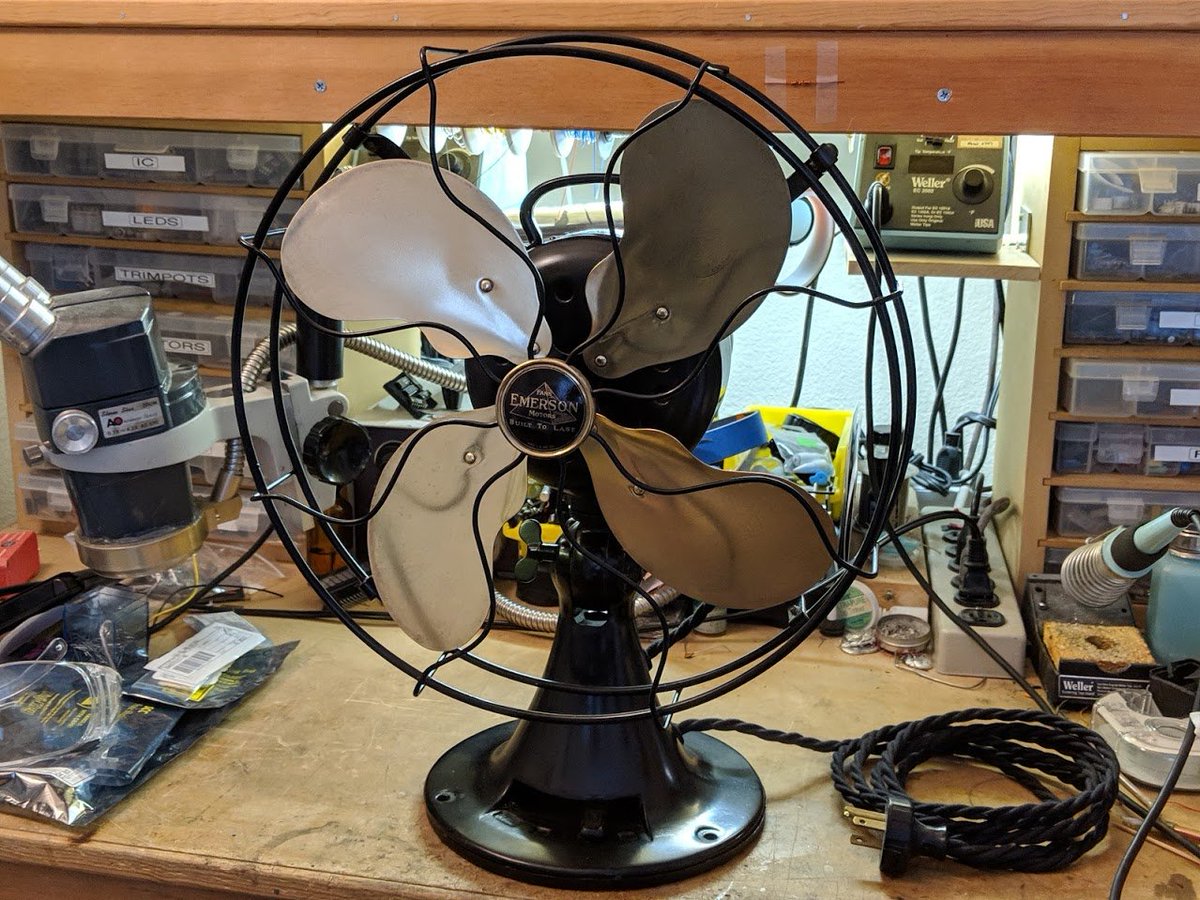
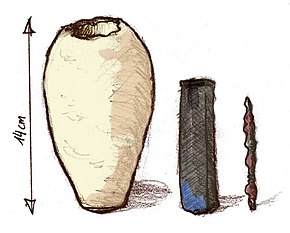
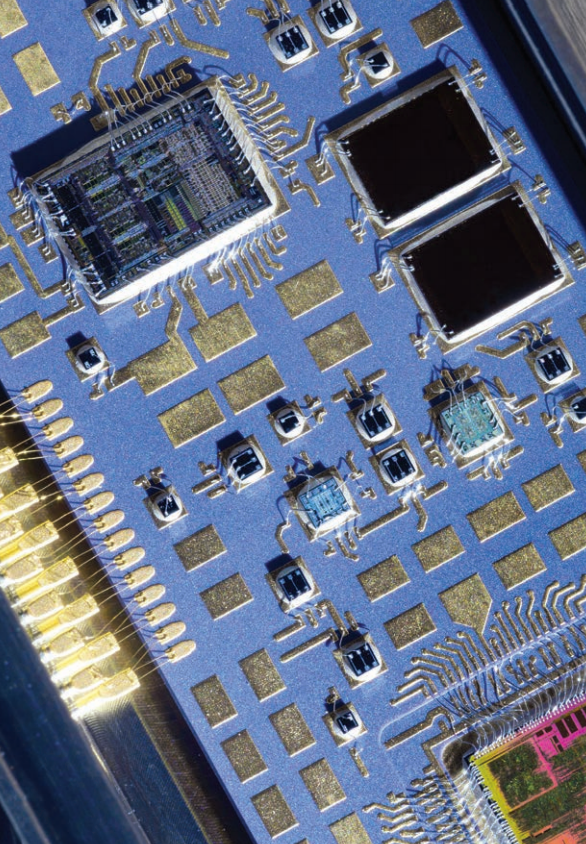
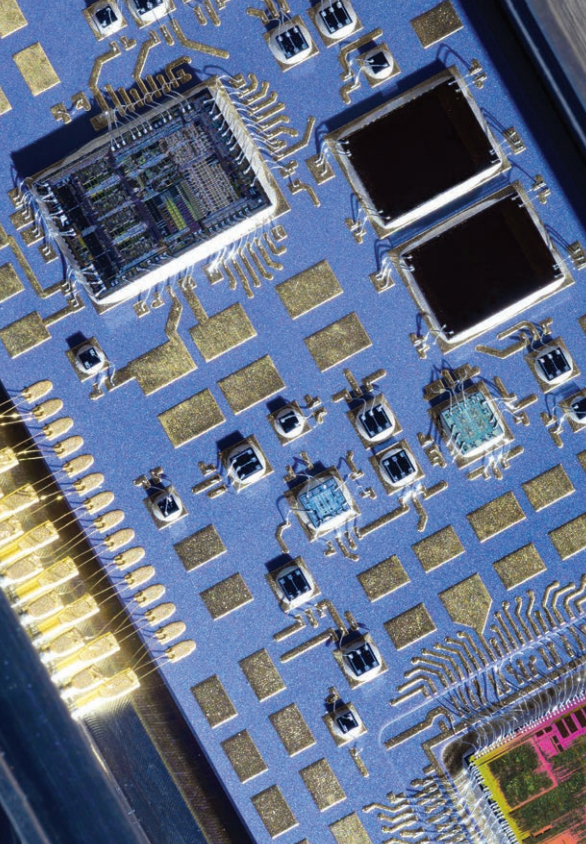
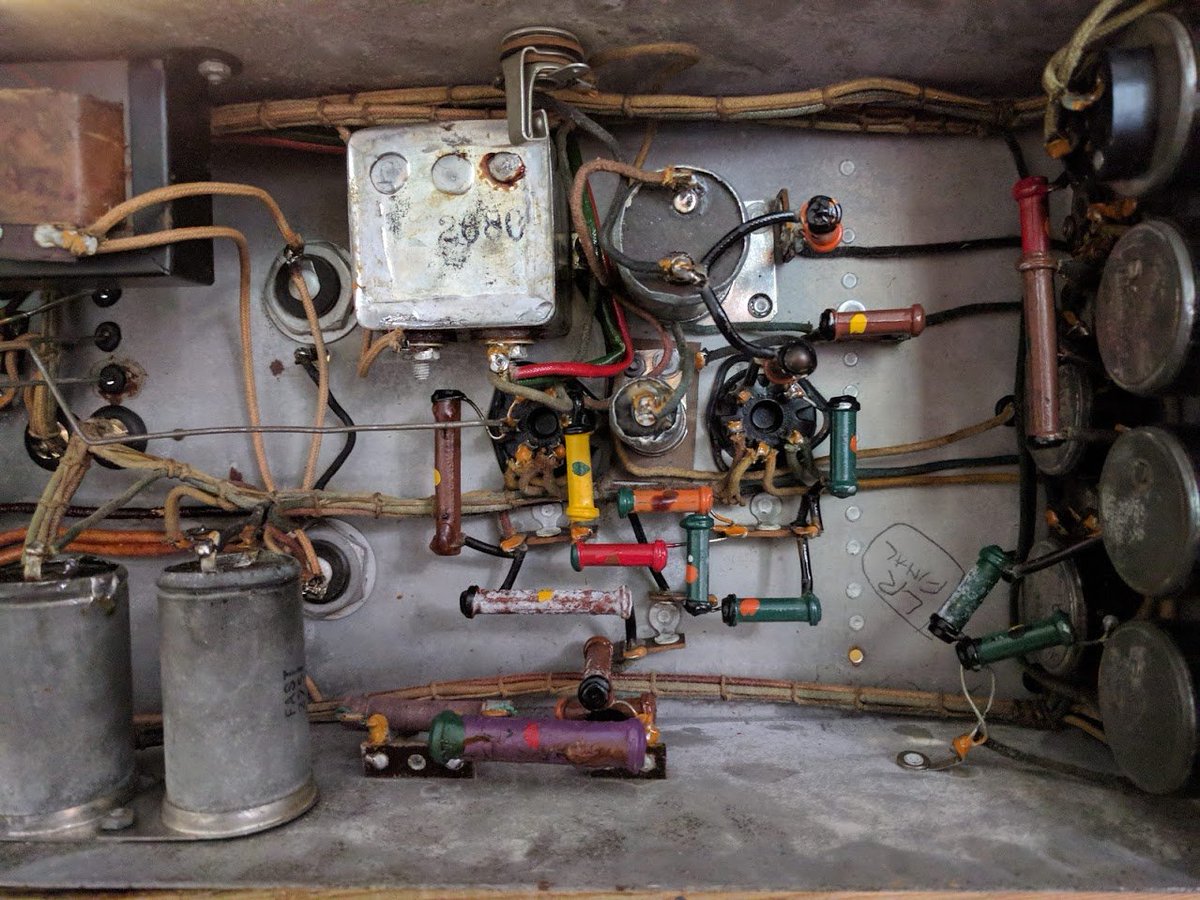
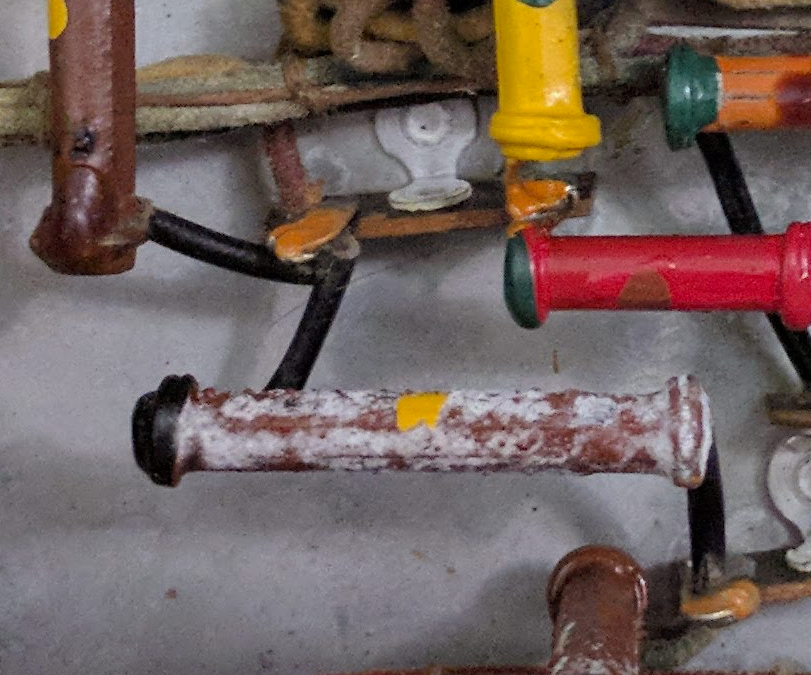
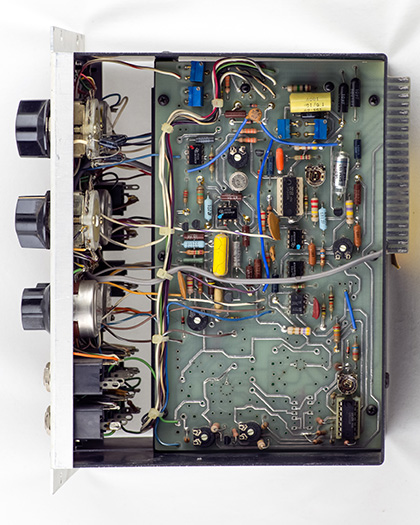 chips in plastic packageshttps://abs.twimg.com/emoji/v2/... draggable="false" alt="🚫" title=""Betreten verboten!"-Zeichen" aria-label="Emoji: "Betreten verboten!"-Zeichen">electrolytic capacitorshttps://abs.twimg.com/emoji/v2/... draggable="false" alt="🚫" title=""Betreten verboten!"-Zeichen" aria-label="Emoji: "Betreten verboten!"-Zeichen">resinsactually it& #39;s terrible, but for one thinghttps://abs.twimg.com/emoji/v2/... draggable="false" alt="✅" title="Fettes weißes Häkchen" aria-label="Emoji: Fettes weißes Häkchen">team of dedicated volunteers who maintain it for free (aka a religion, aka modular synth fanatics)" title="ok how about this module from an analog synthesizer?https://abs.twimg.com/emoji/v2/... draggable="false" alt="🚫" title=""Betreten verboten!"-Zeichen" aria-label="Emoji: "Betreten verboten!"-Zeichen">chips in plastic packageshttps://abs.twimg.com/emoji/v2/... draggable="false" alt="🚫" title=""Betreten verboten!"-Zeichen" aria-label="Emoji: "Betreten verboten!"-Zeichen">electrolytic capacitorshttps://abs.twimg.com/emoji/v2/... draggable="false" alt="🚫" title=""Betreten verboten!"-Zeichen" aria-label="Emoji: "Betreten verboten!"-Zeichen">resinsactually it& #39;s terrible, but for one thinghttps://abs.twimg.com/emoji/v2/... draggable="false" alt="✅" title="Fettes weißes Häkchen" aria-label="Emoji: Fettes weißes Häkchen">team of dedicated volunteers who maintain it for free (aka a religion, aka modular synth fanatics)" class="img-responsive" style="max-width:100%;"/>
chips in plastic packageshttps://abs.twimg.com/emoji/v2/... draggable="false" alt="🚫" title=""Betreten verboten!"-Zeichen" aria-label="Emoji: "Betreten verboten!"-Zeichen">electrolytic capacitorshttps://abs.twimg.com/emoji/v2/... draggable="false" alt="🚫" title=""Betreten verboten!"-Zeichen" aria-label="Emoji: "Betreten verboten!"-Zeichen">resinsactually it& #39;s terrible, but for one thinghttps://abs.twimg.com/emoji/v2/... draggable="false" alt="✅" title="Fettes weißes Häkchen" aria-label="Emoji: Fettes weißes Häkchen">team of dedicated volunteers who maintain it for free (aka a religion, aka modular synth fanatics)" title="ok how about this module from an analog synthesizer?https://abs.twimg.com/emoji/v2/... draggable="false" alt="🚫" title=""Betreten verboten!"-Zeichen" aria-label="Emoji: "Betreten verboten!"-Zeichen">chips in plastic packageshttps://abs.twimg.com/emoji/v2/... draggable="false" alt="🚫" title=""Betreten verboten!"-Zeichen" aria-label="Emoji: "Betreten verboten!"-Zeichen">electrolytic capacitorshttps://abs.twimg.com/emoji/v2/... draggable="false" alt="🚫" title=""Betreten verboten!"-Zeichen" aria-label="Emoji: "Betreten verboten!"-Zeichen">resinsactually it& #39;s terrible, but for one thinghttps://abs.twimg.com/emoji/v2/... draggable="false" alt="✅" title="Fettes weißes Häkchen" aria-label="Emoji: Fettes weißes Häkchen">team of dedicated volunteers who maintain it for free (aka a religion, aka modular synth fanatics)" class="img-responsive" style="max-width:100%;"/>
 bronze corrodeshttps://abs.twimg.com/emoji/v2/... draggable="false" alt="🚫" title=""Betreten verboten!"-Zeichen" aria-label="Emoji: "Betreten verboten!"-Zeichen">bad environment: kept in salt water for 2000 yearsand yet it still survives. i wonder how many others like it existed, and where they are now. probably scrapped for parts?" title="then of course there& #39;s this famous thinghttps://abs.twimg.com/emoji/v2/... draggable="false" alt="🚫" title=""Betreten verboten!"-Zeichen" aria-label="Emoji: "Betreten verboten!"-Zeichen">bronze corrodeshttps://abs.twimg.com/emoji/v2/... draggable="false" alt="🚫" title=""Betreten verboten!"-Zeichen" aria-label="Emoji: "Betreten verboten!"-Zeichen">bad environment: kept in salt water for 2000 yearsand yet it still survives. i wonder how many others like it existed, and where they are now. probably scrapped for parts?" class="img-responsive" style="max-width:100%;"/>
bronze corrodeshttps://abs.twimg.com/emoji/v2/... draggable="false" alt="🚫" title=""Betreten verboten!"-Zeichen" aria-label="Emoji: "Betreten verboten!"-Zeichen">bad environment: kept in salt water for 2000 yearsand yet it still survives. i wonder how many others like it existed, and where they are now. probably scrapped for parts?" title="then of course there& #39;s this famous thinghttps://abs.twimg.com/emoji/v2/... draggable="false" alt="🚫" title=""Betreten verboten!"-Zeichen" aria-label="Emoji: "Betreten verboten!"-Zeichen">bronze corrodeshttps://abs.twimg.com/emoji/v2/... draggable="false" alt="🚫" title=""Betreten verboten!"-Zeichen" aria-label="Emoji: "Betreten verboten!"-Zeichen">bad environment: kept in salt water for 2000 yearsand yet it still survives. i wonder how many others like it existed, and where they are now. probably scrapped for parts?" class="img-responsive" style="max-width:100%;"/>


